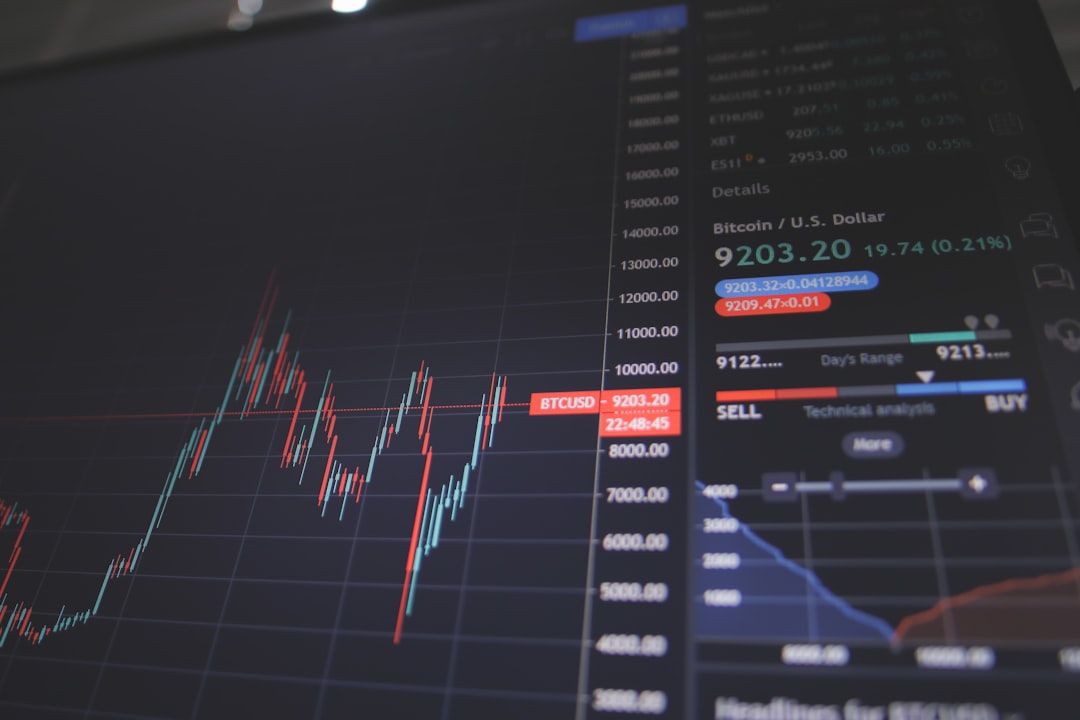
As the first quarter of 2025 draws to a close, the benchmark S&P 500 index is poised for its first quarterly decline since Q3 2023. Goldman Sachs points to two major policy shifts expected in early April that could shape market dynamics for the rest of the year.
Two Key Policy Shifts
1. Reciprocal Tariff AnnouncementsU.S. President Donald Trump is set to unveil a fresh round of tariffs on April 2. According to Goldman Sachs analysts led by David Kostin, the forecast for 2025 assumes that the effective U.S. tariff rate will rise by 10 percentage points—reaching 13%, the highest since 1938.
Impact on Earnings:Each additional 5 percentage point increase in tariffs is estimated to reduce S&P 500 earnings per share (EPS) by roughly 1–2%.
Market Sentiment:Analysts warn that the tariff announcement could deliver a negative surprise, adding to investor uncertainty.
2. Tapering of Federal Reserve Quantitative TighteningApril is also expected to mark a slowdown in the Fed’s balance sheet runoff. Goldman Sachs forecasts that quantitative tightening (QT) will taper, with the program set to conclude by the end of Q3 2025.
Easing Headwinds:While the tapering of QT is viewed as a potential easing factor for equity risk premiums, growth expectations remain the dominant driver.
Interest Rates Outlook:Rates strategists expect the nominal 10-year U.S. Treasury yield to hover around 4.35% by year-end, indicating stability in borrowing costs.
Broader Market Impact
Goldman Sachs’ baseline forecast suggests that while the S&P 500 may be flat over the next three months, it is expected to rebound and rise by approximately 11% through the end of the year as economic growth and corporate earnings improve.
The anticipated policy shifts come at a time when investors are already grappling with mixed signals:
Trade Uncertainty: The looming tariffs are expected to heighten concerns about global trade relationships.
Economic Slowdown: The risk of recession is increasingly in focus, shifting investor worries from inflation to the possibility of lower growth.
Earnings Pressure: With rising tariffs, companies may see a dampening effect on their EPS, which could ripple across the index.
For a closer look at how these changes might affect company performance, deeper insights can be obtained through detailed financial data available via the Full Financials endpoint.
Looking Ahead
Investors now face a critical juncture where policy decisions—both from Washington and the Federal Reserve—could have lasting effects on market performance. As the tariff announcements and the tapering of QT unfold, market participants will need to monitor shifts in economic growth forecasts and corporate earnings closely.
